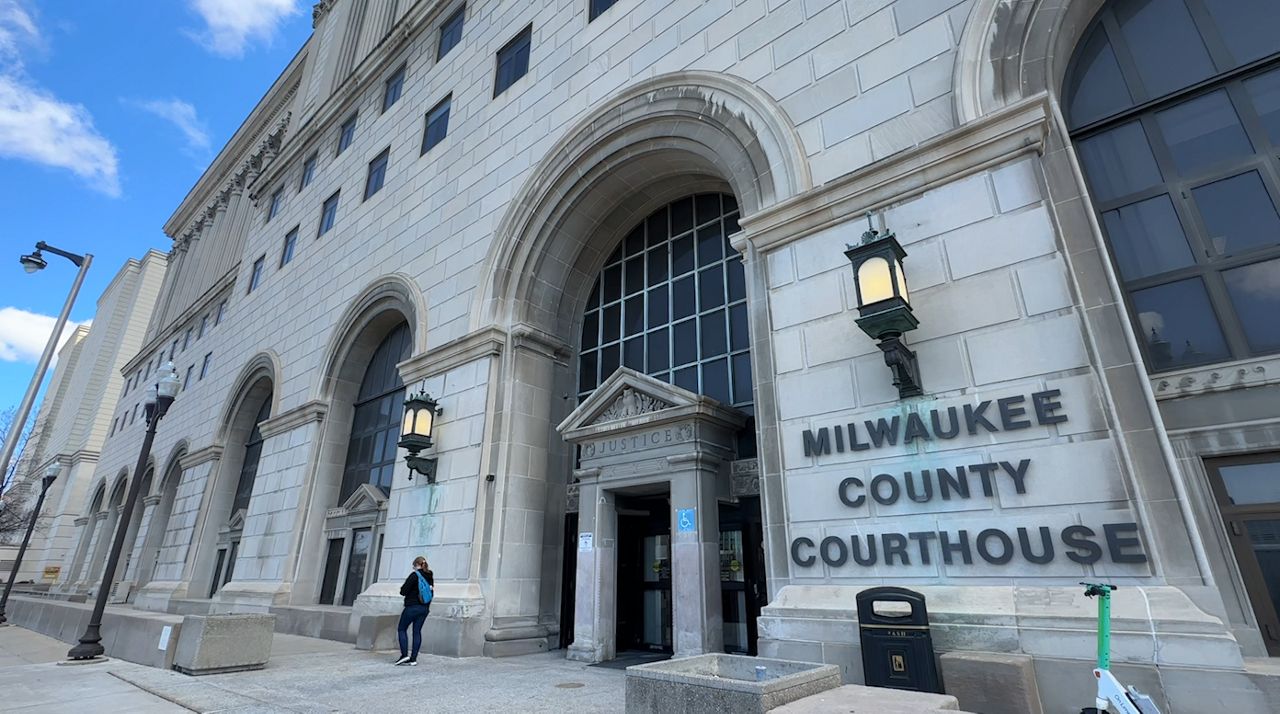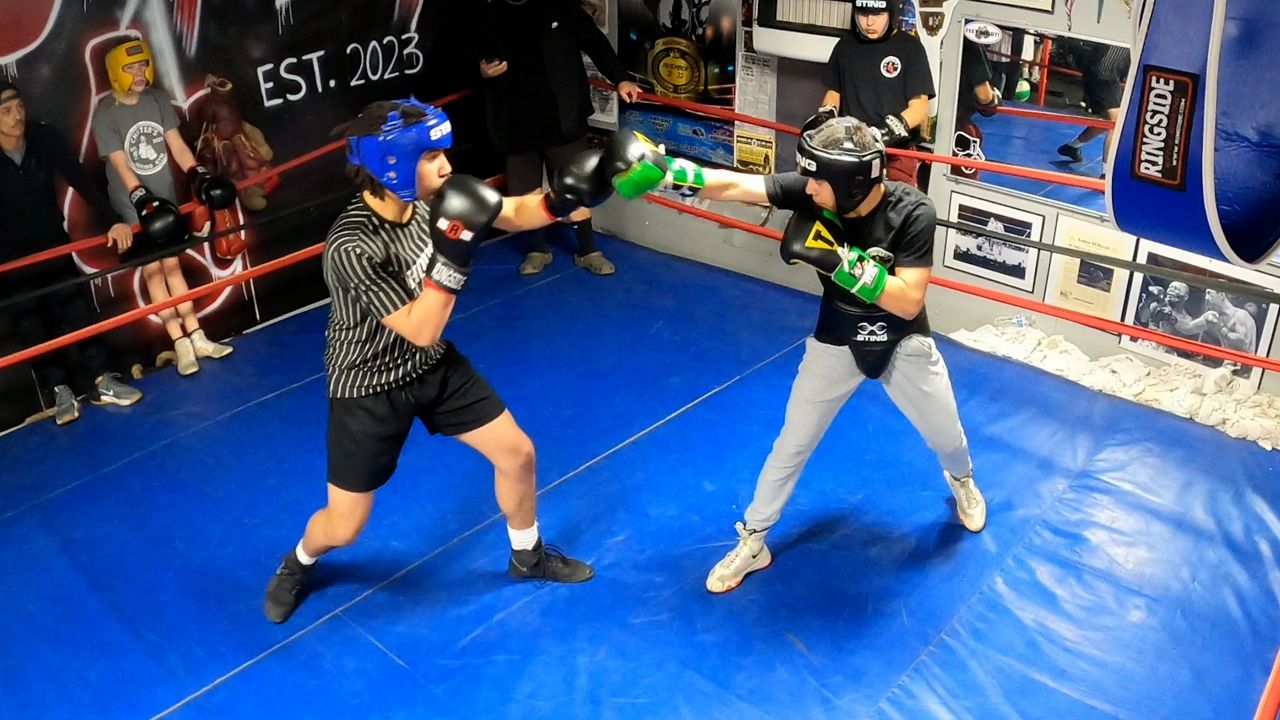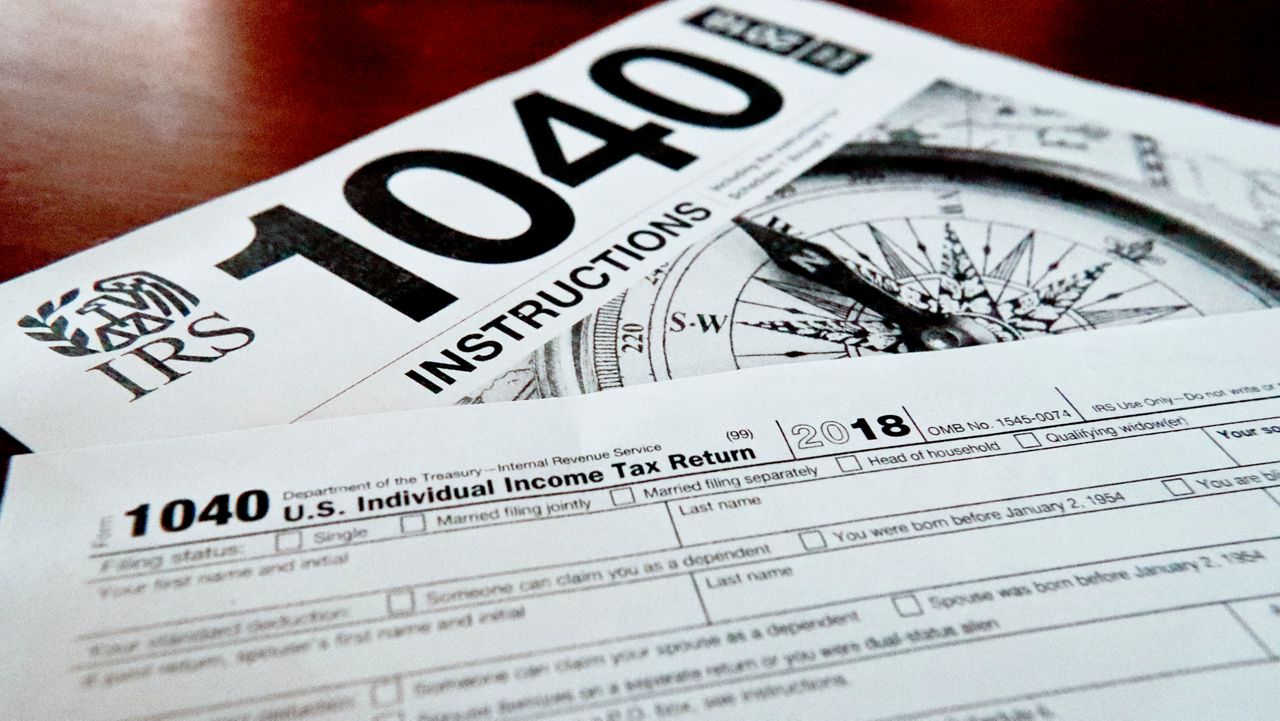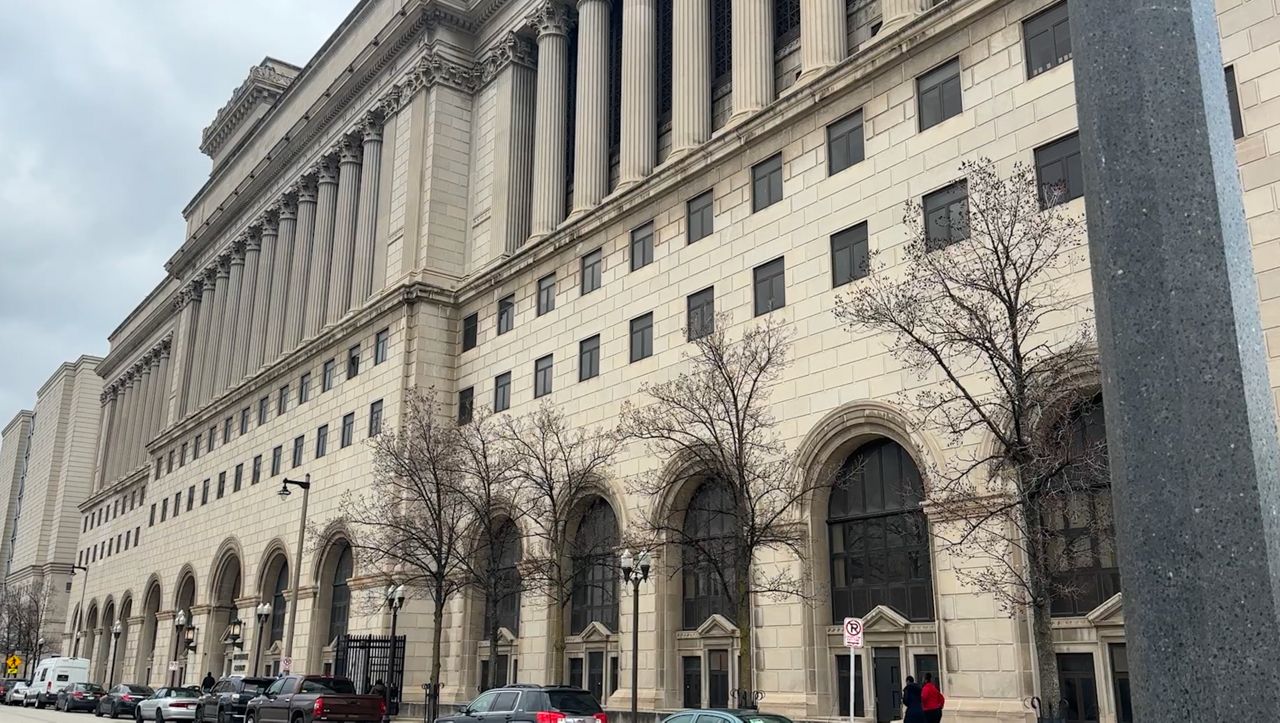MILWAUKEE — Milwaukee’s streets are getting a major upgrade. The city is replacing tens of thousands of streetlights with LED bulbs.
It’s a move city officials say will reduce energy costs, enhance safety and promote sustainability.
Since 2020, Milwaukee has been working to convert nearly all of its streetlights to LEDs. This year alone, the city is under contract to replace 42,000 lights.
“That’s a big jump,” said city engineer Kevin Muhs. “In 2024, we did about 6,000 units. In 2025, we expect about 12,000 units, so it’s something that is going to be much more visible to the public as we work through this effort.”
By 2026, Milwaukee aims to have 53,000 LED streetlights installed. Milwaukee has hired three contractors to install the new lights.
City leaders said they believe the switch will make neighborhoods safer while reducing the city’s $4 million annual streetlight energy bill.
“There’s a lot of energy cost savings associated with this,” said Muhs. “The power consumption is about half as much and the LED lights cast brighter light across the city.”
Beyond cost savings, others say the transition is also a step toward greater sustainability.
“It’s reducing our electrical output needs,” said Richard Pulkowski, naturalist educator. “Our main source of electricity here is coal power, so the less coal we use, the better. It’s going to have less emissions. It’s just a greener technology.”
Pulkowski also said LED lights can be better for wildlife. He said that’s because LEDs reduce light pollution that can disrupt animals’ natural rhythms.
“I get that some people are going to prefer the orange lights; I personally prefer the LEDs that are more on the yellow side as opposed to the blue side,” said Pulkowski. “They can be a little harsher on your eyes, but at the same time you are getting that benefit of more visibility.”
Muhs said most residents have reacted positively to the changes.
“Anytime anything changes, there’s some hesitancy around it, but in general, the feedback we have been getting has been generally positive,” said Muhs. “People appreciate the brighter streets; they appreciate the energy efficiency, and they appreciate seeing the visible evidence of the city investing in their neighborhood.”











